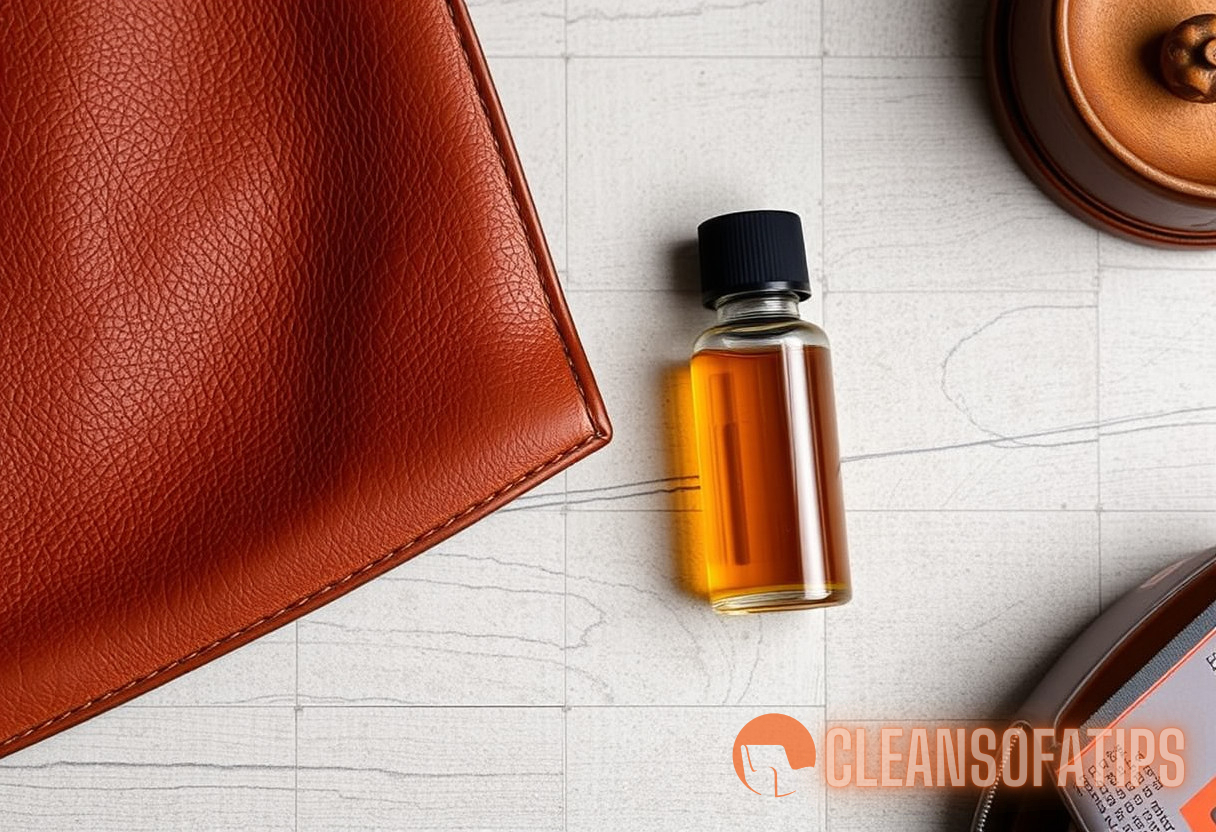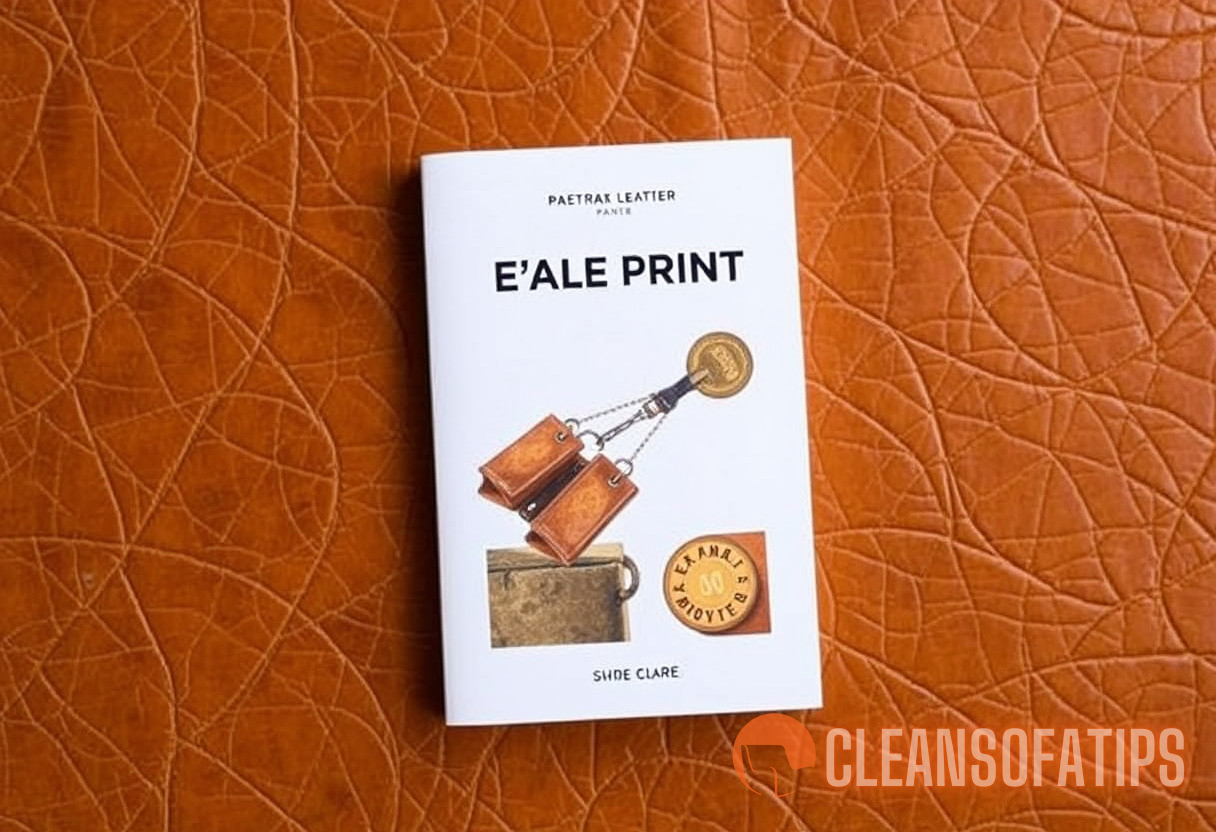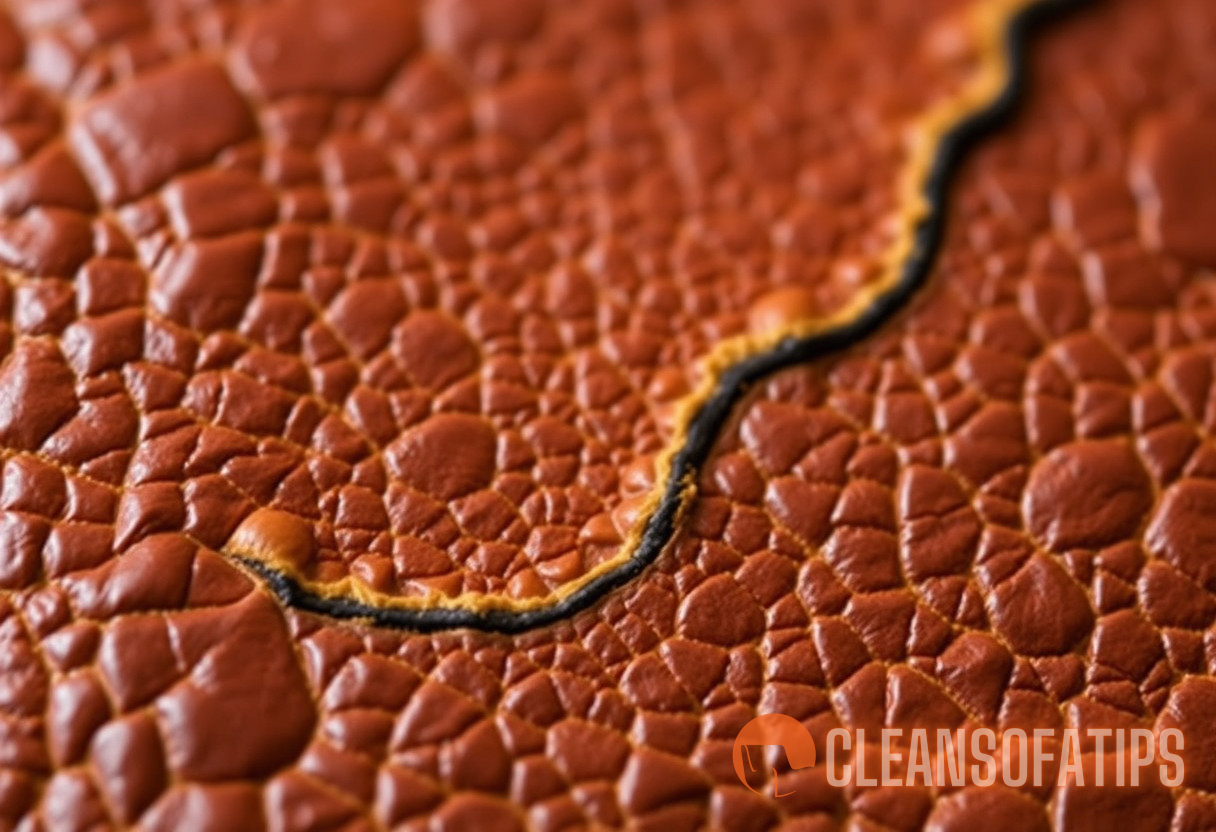Understanding Leather Resilience: The Role of Natural Oils in Aging and Longevity
Leather is not just a material; it is a testament to craftsmanship, tradition, and resilience. As it ages, leather develops a unique patina that reflects its journey and use over time. One key aspect of maintaining this resilience is the integration of natural oils, which play a critical role in the longevity and overall health of leather products.
The Science Behind Leather Composition
To fully grasp the importance of natural oils, it is essential to understand leather’s biological composition. Leather is made from animal hides, primarily from cows, goats, and sheep, which are tanned to create a durable and flexible product. The primary components of leather include:
- Collagen fibers: These are the primary structural units in leather, providing strength and flexibility.
- Lipids: Naturally occurring fats and oils in the hide that contribute to a leather’s softness and suppleness.
- Color pigments: These impart the desired aesthetic qualities of leather.
As leather ages, its natural oils can diminish due to usage, environmental factors, and exposure to moisture. Without proper leather oil preservation, the leather can become stiff, cracked, and unsightly over time, leading to irreversible damage.
The Function of Natural Oils in Leather
Natural oils are indispensable in maintaining leather’s longevity and aesthetic appeal. Their roles include:
1. Moisture Retention
Natural oils help to retain moisture within the leather fibers, preventing them from drying out and cracking. This moisture retention is vital for sustaining the leather’s flexibility and softness.
2. Protection Against Elements
Oils form a protective barrier on the surface of the leather, offering some resistance against spills, dirt, and UV radiation. This barrier can significantly decrease the likelihood of stains and degradation caused by environmental exposure.
3. Enhanced Breathability
Unlike synthetic alternatives, natural oils allow leather to breathe, regulating temperature and moisture levels effectively. This characteristic is particularly useful in reducing the risk of mold and odor that can occur in non-ventilated spaces.
4. Restoration of Natural Oils
When using leather care products containing natural oils, users can replenish the lost oils over time, effectively rejuvenating the leather and prolonging its lifespan.
Types of Natural Oils for Leather Care
Several types of natural oils are effective in leather oil preservation. Each of these oils has distinct properties that can benefit leather products:
- Neatsfoot Oil: Derived from the shins and feet of cattle, it penetrates deeply and softens the leather without leaving a greasy residue.
- Olive Oil: Commonly found in household kitchens, olive oil can provide moisture and shine, but care should be taken as it can darken leather over time.
- Coconut Oil: Known for its antibacterial properties, coconut oil can condition leather effectively, though it may also darken the material.
- Jojoba Oil: With properties mimicking natural leather oils, jojoba oil is a popular choice among leather enthusiasts for its conditioning abilities.
- Argan Oil: Extracted from the nuts of the argan tree, this oil is rich in fatty acids and vitamin E, promoting softening and elasticity in leather.
How to Apply Natural Oils for Optimal Preservation
The application of natural oils is vital for effective leather oil preservation. Following a systematic approach can ensure that leather items receive the maximum benefits:
Step-by-Step Guide
- Clean the Leather Surface: Use a gentle leather cleaner to remove dirt and debris before applying oils. A soft cloth can effectively lift grime without scratching.
- Choose the Right Oil: Select an oil suitable for the type of leather you are maintaining. Always conduct a patch test on an inconspicuous area first.
- Apply Sparingly: Use a clean, soft cloth to apply a small amount of oil. Less is more; aim for a thin, even layer to prevent excessive saturation.
- Allow to Soak: Let the oil penetrate the leather for a few hours or overnight for maximum effectiveness.
- Buff the Surface: After soaking, use a dry cloth to buff the leather, enhancing its shine and appearance.
- Regular Maintenance: Implement a schedule for oil application, typically every 6-12 months, depending on usage and exposure.

For an in-depth understanding of cleaning techniques, check out our article on leather cleaning techniques.
The Impact of Environmental Factors
Several environmental factors can influence the effectiveness of leather oil preservation:
1. Humidity and Temperature
Leather performs best when kept in stable conditions, ideally at around 40-60% humidity and a consistent temperature between 60-80°F. Excessively dry or humid environments can accelerate the deterioration of natural oils, necessitating more frequent application.
2. Sun Exposure
Direct sunlight can cause leather to fade and lose essential oils. It is advisable to store leather items away from intense sunlight or use protective covers to shield them.
3. Water Exposure
While some natural oils can repel water to an extent, prolonged exposure to moisture can lead to issues such as mold and mildew growth. Protective sprays designed for leather can enhance water resistance but should be used sparingly.
Common Misconceptions About Leather Oils
Misunderstanding the role of natural oils can lead to inappropriate care practices. Here are some common myths debunked:
Myth 1: Any Oil is Good for Leather
Using oils not specifically designed for leather can lead to greasy residue or even corrosion of the material. It’s crucial only to use natural oils known for their compatibility with leather.
Myth 2: More Oil Equals Better Protection
Applying excessive oil can actually result in the leather becoming overly saturated, leading to a sticky surface and encouraging mold growth. Moderation is key.
Myth 3: Leather Does Not Need Maintenance
Even high-quality leather requires regular care to maintain its resilience. Neglecting to apply natural oils can lead to premature aging and deterioration.
Case Studies: The Benefits of Leather Oil Preservation
Several case studies exemplify the positive effects of leather oil preservation:
Case Study 1: Vintage Leather Bags
Consider a vintage leather satchel passed down through generations. After years of neglect, the satchel showed signs of cracking and dryness. Upon receiving a diligent oil treatment with neatsfoot oil, the leather revived considerably, restoring both flexibility and aesthetics. Over the next few years, regular maintenance ensured that the bag remained a vibrant part of the family’s heirloom collection.
Case Study 2: Outdoor Leather Gear
An outdoor enthusiast invested in high-quality leather hiking boots that suffered from prolonged exposure to moisture and sun. By applying a blend of jojoba and coconut oil bi-annually, the boots regained their waterproof properties and flexibility, significantly enhancing their durability for rugged adventures.
Conclusion
Understanding the importance of leather oil preservation is crucial for maintaining the resilience and longevity of leather products. By recognizing the role of natural oils and applying them thoughtfully, leather enthusiasts can ensure that their prized possessions age gracefully, developing rich history without compromising their integrity. With regular care and an informed approach, leather can serve faithfully for years to come.
Additionally, for further insights on leather conditioning and care, please visit our detailed articles on leather conditioning and leather maintenance tips.



